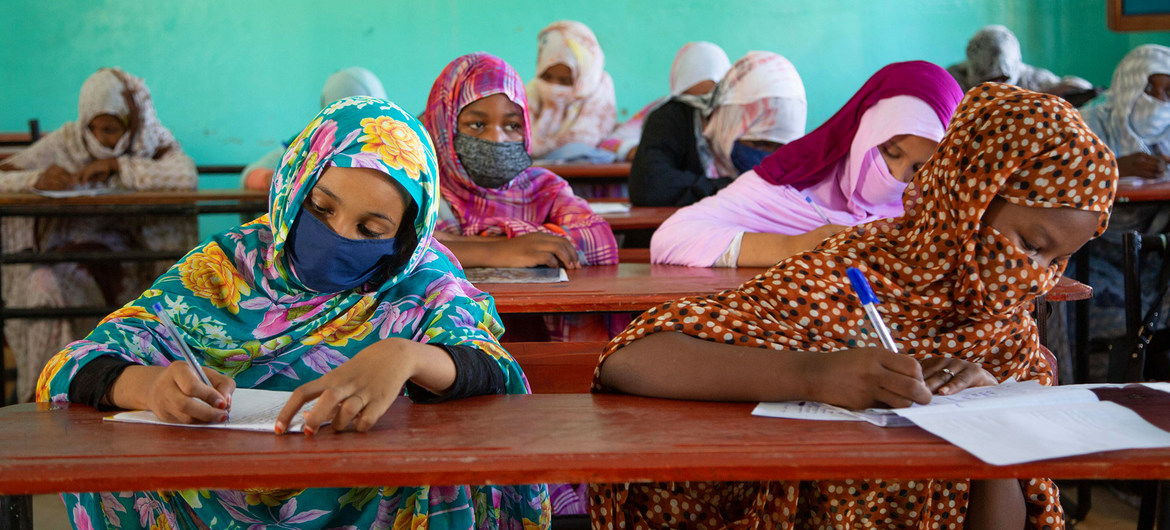Although almost 50,000 victims of human trafficking were detected and reported in 2018 by 148 countries, the “hidden nature” of the crime means that the actual number of victims could be “far higher”, the UN Office on Drugs and Crime (UNODC) said on Tuesday
 KRC TIMES Desk
KRC TIMES Desk


Although almost 50,000 victims of human trafficking were detected and reported in 2018 by 148 countries, the “hidden nature” of the crime means that the actual number of victims could be “far higher”, the UN Office on Drugs and Crime (UNODC) said on Tuesday
Migrants and people without jobs were among the groups most targeted by human traffickers, UNODC added, warning that the economic fallout and job losses due to the coronavirus pandemic have exposed millions more to the risk.
“Millions of women, children and men worldwide are out of work, out of school and without social support in the continuing COVID-19 crisis, leaving them at greater risk of human trafficking”, Ghada Waly, UNODC Executive Director, said in news release announcing the findings from the agency’s report on human trafficking.
“We need targeted action to stop criminal traffickers from taking advantage of the pandemic to exploit the vulnerable”, she urged.
Abuse of technology
UNODC’s Global Report on Trafficking in Person report found that traffickers integrated technology into their modus operandi at every stage of the process: from recruiting to exploiting victims.
Children were especially vulnerable on social media, where many were “easy targets” for criminals.
UNODC identified two types of tactics employed by traffickers: “hunting” or actively pursuing a victim, typically on social media; and “fishing”, when perpetrators post job advertisements and wait for potential victims to respond.
The Internet also allowed traffickers to live stream the exploitation of their victims, enabling the simultaneous abuse of one victim by many perpetrators around the globe, said the UN agency.

Three girls in Progreso, Yoro, Honduras, ages 13 to 14, who are friends and victims of harassment at their school, for the purpose of sex trafficking. The person behind it is a 15 year-old student that works with a network that co-opts young girls.
Three-fold increase in child victims
The share of children among trafficking victims tripled over the past 15 years, with girls mainly trafficked for sexual exploitation, while boys were used for forced labour, the report said.
It added that while female victims continued to be the primary targets for trafficking in persons, the share of adult women among detected victims fell from more than 70 per cent to less than 50 per cent, over the same time period.
For every 10 victims detected globally in 2018, about five were adult women and two were young girls. Around 20 per cent of human trafficking victims were adult men and 15 per cent, young boys, the report added.





